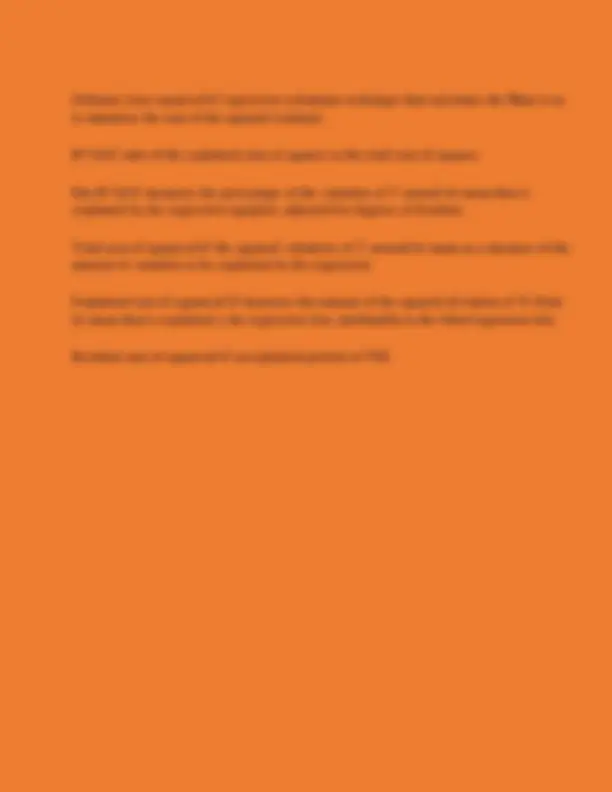



Study with the several resources on Docsity

Earn points by helping other students or get them with a premium plan


Prepare for your exams
Study with the several resources on Docsity

Earn points to download
Earn points by helping other students or get them with a premium plan
Community
Ask the community for help and clear up your study doubts
Discover the best universities in your country according to Docsity users
Free resources
Download our free guides on studying techniques, anxiety management strategies, and thesis advice from Docsity tutors
A concise overview of key concepts and definitions from chapters 1 and 2 of an econometrics textbook. It covers fundamental terms like dependent and independent variables, regression analysis, and stochastic error terms. The document also outlines the steps involved in econometric analysis, including model formulation, hypothesis testing, and data collection. It further explores different types of data, such as cross-sectional, time series, and panel data, and explains the concept of degrees of freedom and estimators.
Typology: Exercises
1 / 3

This page cannot be seen from the preview
Don't miss anything!


Econometrics - Chapter 1 and 2 Constant/intercept✔✔ indicates the vale of Y when X equals zero Cross-sectional✔✔ all the observations are from the same point in time and represent different individual economic entities from that same point in time Dependent variable✔✔ variable that changes due to independent variables Estimated regression equation✔✔ quantified version of the theoretical regression equation Expected value✔✔ deterministic component, indicates the value of Y that is determined by a given value of X, which is assumed to be nonstochastic Independent variable✔✔ variable that changes Linear✔✔ if plotting the function in terms of X and Y generates a straight line Multivariate regression model✔✔ more than one independent variable Regression analysis✔✔ A statistical technique that attempts to "explain" movements in one variable as a function of movements in a set of other variables Residual✔✔ the difference between the estimated value of the dependent variable and the actual value of the dependent variable Slope coefficient✔✔ Indicates the amount that Y will change when X increases y one unit Stochastic error term✔✔ a term that is added to a regression equation to introduce all of the variation in Y that cannot be explained by the included Xs The uses of econometrics✔✔ Describe, hypothesis, forcast Steps in econometrics analysis✔✔